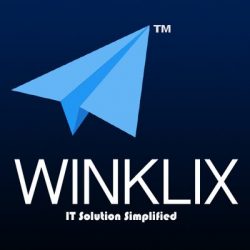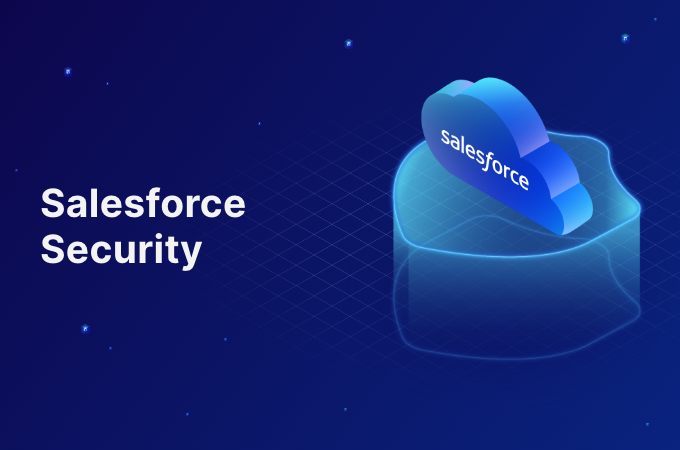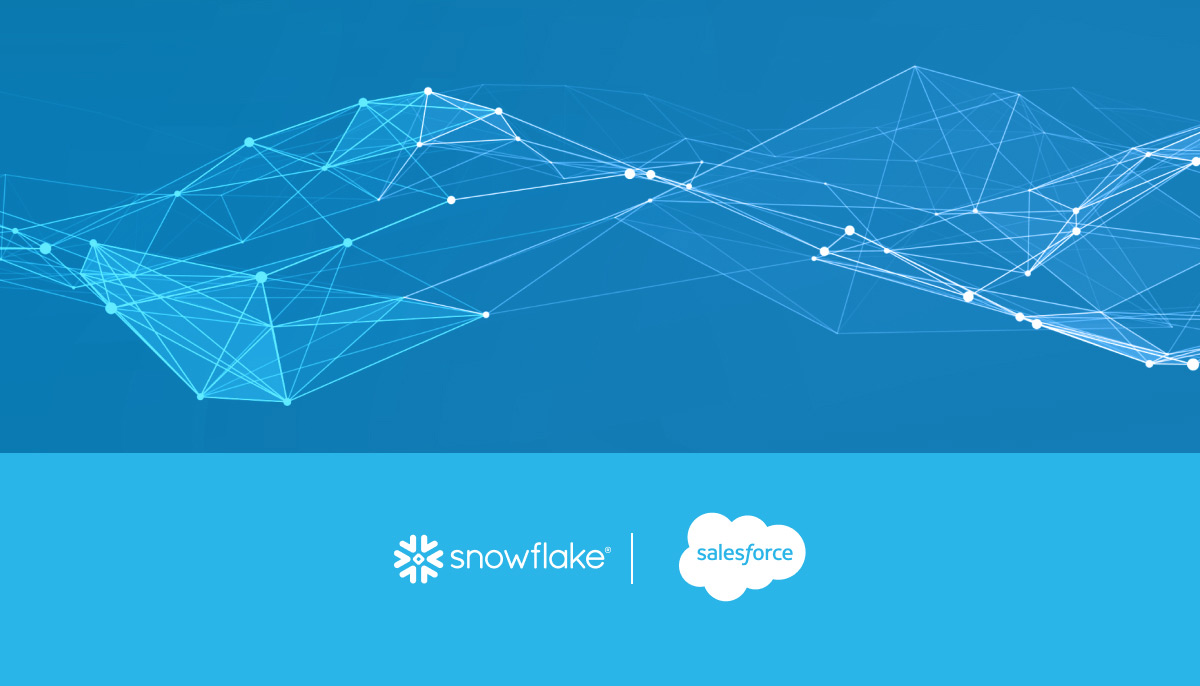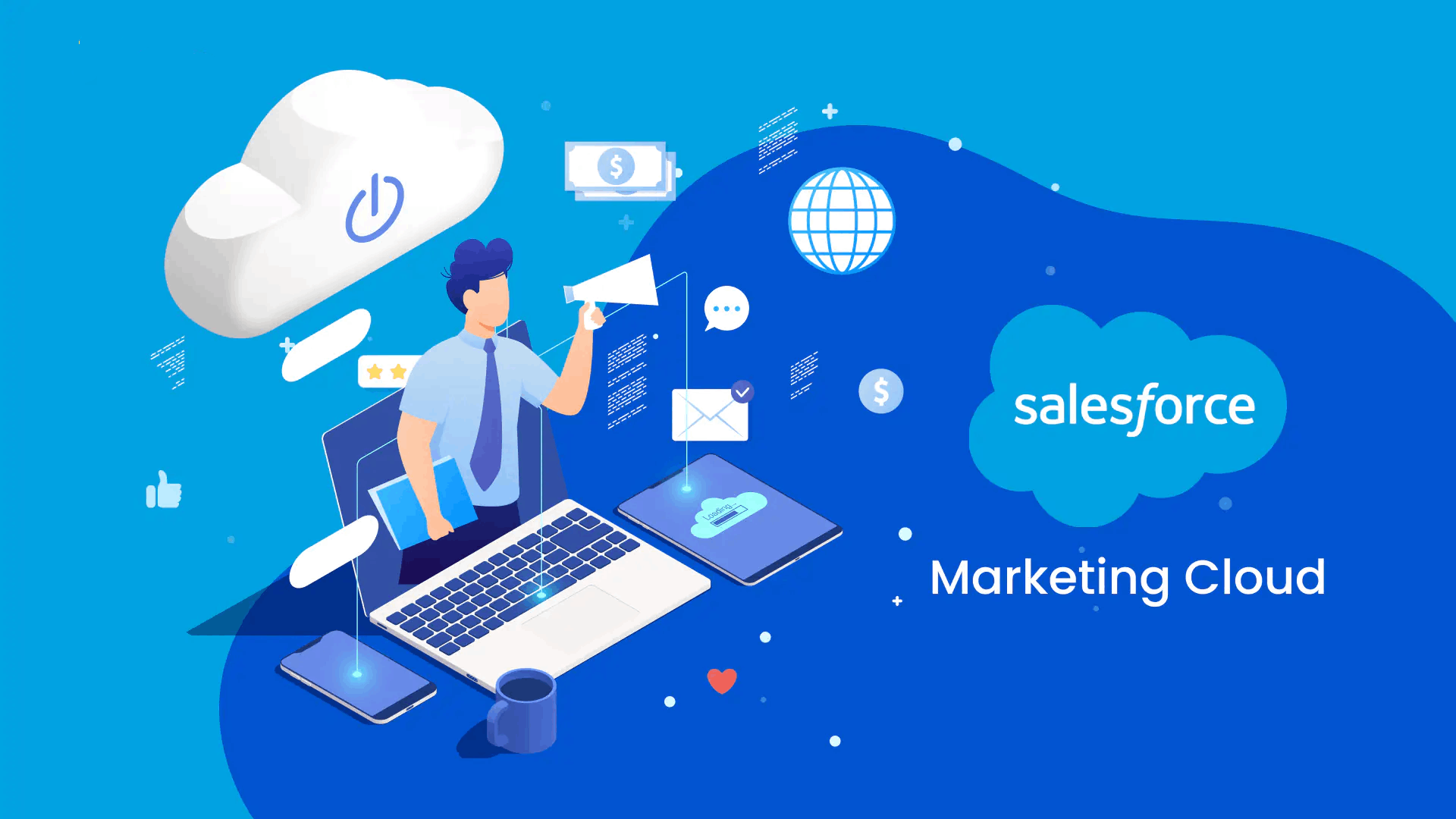In today’s digital landscape, data is the lifeblood of any business, and safeguarding it is paramount. For organizations leveraging Salesforce, robust security measures are not just a best practice, they’re a necessity. A data breach can have devastating consequences, from financial losses and reputational damage to legal repercussions. This blog post outlines key Salesforce security best practices to help you protect your valuable data and maintain a secure environment.
1. Strong Passwords and Multi-Factor Authentication (MFA):
This might seem basic, but it’s the foundation of any security strategy. Enforce strong, unique passwords for all users and, crucially, implement Multi-Factor Authentication (MFA). MFA adds an extra layer of security by requiring users to verify their identity using multiple factors, 1 such as a code sent to their phone or a biometric scan. This significantly reduces the risk of unauthorized access, even if a password is compromised.
2. Principle of Least Privilege:
Grant users only the minimum necessary access rights they need to perform their job functions. Avoid assigning overly broad permissions. Regularly review user permissions and revoke access when it’s no longer required. This principle limits the potential damage if an account is compromised. Salesforce’s role hierarchy and permission sets are crucial tools for implementing this principle.
3. Regular Security Audits and Monitoring:
Conduct regular security audits to identify vulnerabilities and weaknesses in your Salesforce setup. Utilize Salesforce’s built-in security health check and consider third-party security assessment tools. Implement real-time monitoring to detect suspicious activity and potential threats. This proactive approach allows you to address issues before they escalate.
4. Data Encryption:
Encrypting your data, both in transit and at rest, is essential for protecting it from unauthorized access. Salesforce offers encryption features, and you should leverage them to secure sensitive information. Consider using platform encryption for data at rest and ensure that data in transit is protected using HTTPS.
5. Secure Session Management:
Implement appropriate session management controls, such as session timeouts and IP restrictions. Session timeouts automatically log users out after a period of inactivity, reducing the window of opportunity for unauthorized access. IP restrictions limit access to Salesforce from specific IP addresses, further enhancing security.
6. Regular Data Backups and Recovery:
Regularly back up your Salesforce data to ensure you can recover it in the event of a data loss or disaster. Test your recovery process to ensure it works effectively. Having a reliable backup and recovery plan is crucial for business continuity.
7. Secure Integrations:
When integrating Salesforce with other applications, ensure that the integrations are secure. Use secure protocols and authentication methods. Regularly review and monitor the security of your integrations.
8. User Training and Awareness:
Educate your users about security best practices. Train them on how to identify phishing scams, recognize suspicious emails, and protect their passwords. A well-informed user base is your first line of defense against many security threats.
9. Stay Updated:
Keep your Salesforce instance and all related applications up to date with the latest security patches and updates. These updates often address critical security vulnerabilities.
10. Leverage Salesforce’s Security Features:
Salesforce offers a wide range of built-in security features, such as:
- Sharing Rules: Control how records are shared within your organization.
- Validation Rules: Enforce data quality and prevent invalid data from being entered.
- Workflow Rules and Process Builder: Automate security-related tasks, such as alerting administrators to suspicious activity.
- Event Monitoring: Gain insights into user activity and identify potential security threats.
Conclusion:
Security is an ongoing process, not a one-time task. By implementing these Salesforce security best practices, you can significantly reduce the risk of data breaches and protect your valuable information. Regularly review and update your security measures to stay ahead of evolving threats. A proactive and comprehensive approach to security is essential for maintaining a secure Salesforce environment and ensuring the long-term success of your business.
If you are looking for Salesforce Consultant in India , feel free to contact us .




